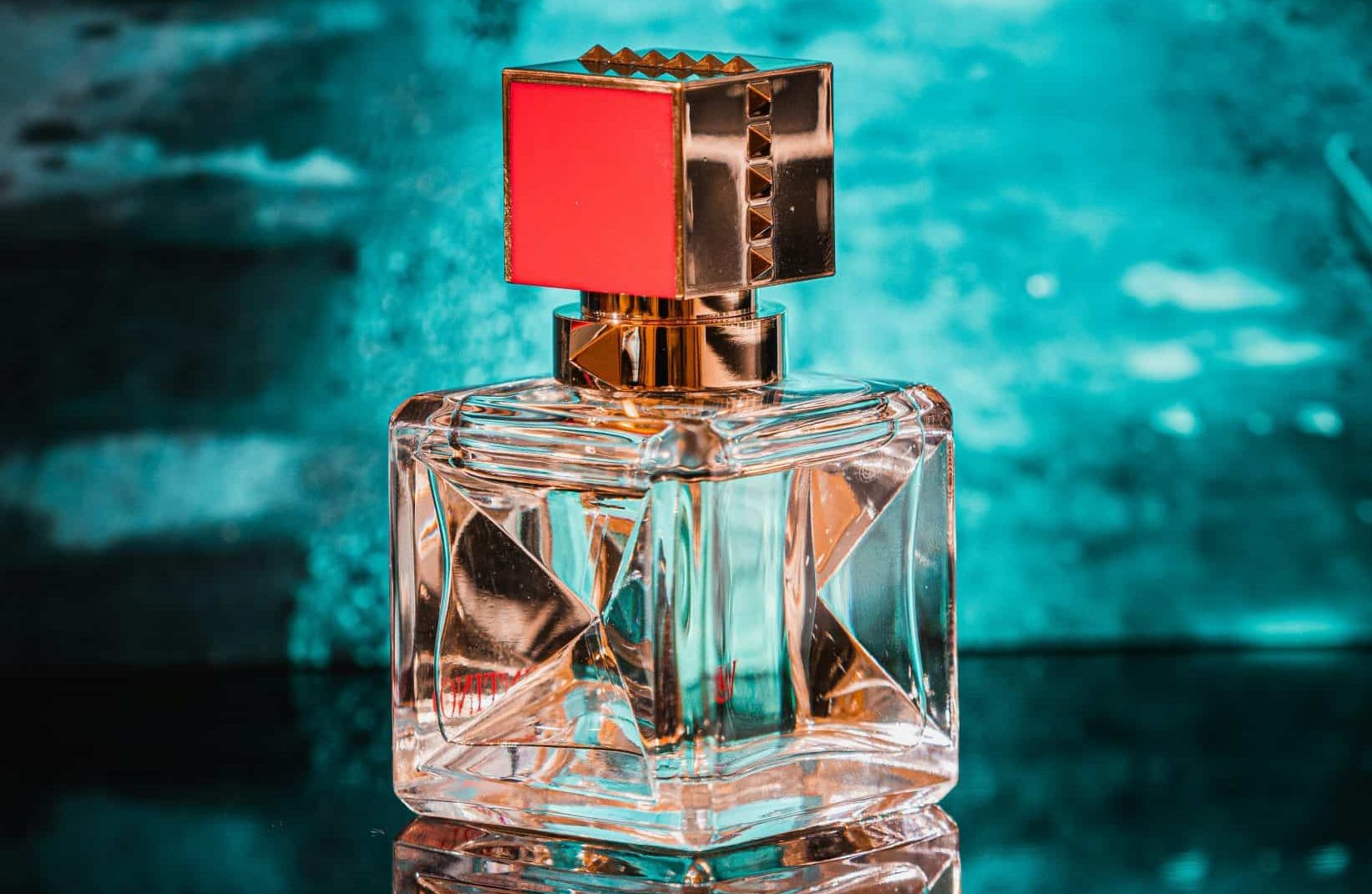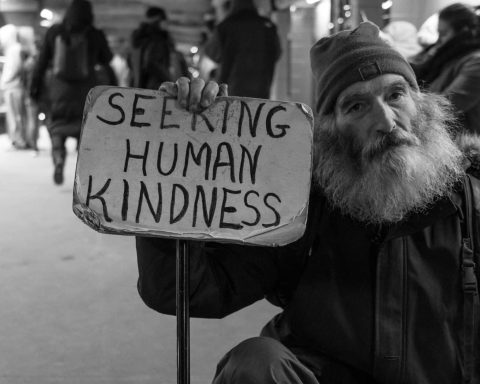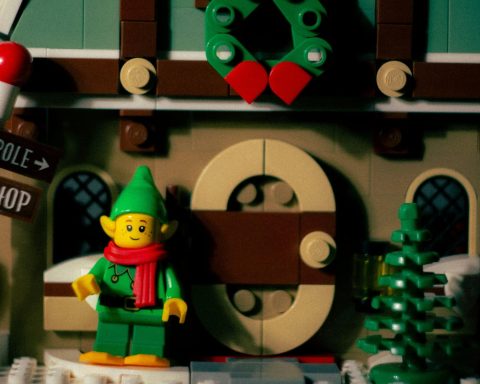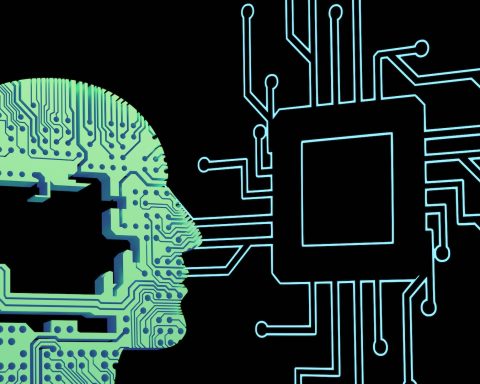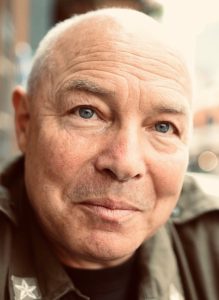 Jens Foell is a GP and GP Trainer in North Wales
Jens Foell is a GP and GP Trainer in North Wales
“Distilling the essence of General Practice” was the title of a set of events hosted by the Royal College of General Practitioners, set out to distil the essence of General Practice.1 I imagine this as an endeavour for Grenouille, the perfume maker in Patrick Susskind’s book “The Perfume”. I envisage it as a scent featuring printer toner, detergent, an array of bodies in space… It is a heavily office-ish scent.
In contrast there is the scent of poverty. I notice it on people before they have started to tell their stories. My olfactory brain pre-sets the listening before the telling starts. The story has started before words have left the mouth of the narrator.
My olfactory brain pre-sets the listening before the telling starts.
The protagonist of this story does not tell his story. He does not exist. He is a fictional character amalgamated from years and years of visiting real patients in their homes – both in regularly GP practice and as visiting doctor in the deputising out-of-hours-service.
His name has been bouncing around as a case for some days. Interdisciplinary and crossdisciplinary work in the NHS means making my problem your problem. Datasets representing a person are getting passed around like the game pass-the-bomb and every actor avoids that the workload ends up in his hands at all cost.2
This dataset featured the dilemma of a man who does not take his medication, lifesaving medication: his insulin. All that matters for him are his two dogs. The District Nurse told me that she picked him incidentally up on the bus stop, brought him home, stood in dog poo…
Cats and dogs as emotionally available companion animals are often all what people who have time and again been let down by human beings and “services” live for. I see this as a repeated pattern in Mental Health Act assessments.3
I discussed the case in a meeting with Social Services. Action points had been agreed under the rubric of “vulnerable adult”. Allegedly he had been to hospital and either discharged himself because he needed to look after the dogs, or officially been discharged. He was back on the scene.
I felt this case needed a reality check. I asked my colleague, the Physician Associate who skilfully manages the polypharmacy of people with diabetes, whether she would come with me to see the person behind the name.
Whilst driving to the location, a former large villa converted into council flats for the disenfranchised, we saw a rat crossing the road and slipping swiftly into the gully.
I joked “this is a sign for things to come”, “I smell a rat”.
Wrong. The smell of the room turned out to be the smell of dogs, not rats.
If set-designers for TV programmes like “Silent Witness” would have created the scene as a flat with stripped-down wallpaper, a puddle of dog urine next to the door and persistent ear-shuddering barking from dogs inside the flat, I would have commented that they went over the top in their representation of grim poverty, excess poverty porn.
Psychogeography: I have been in this house before. It is one of these Deep-End -pockets of deprivation within an otherwise more affluent area with house-names like “Rosewood”.
If I would count the medication delivered to this postcode, I would see the usual mix of obliviogenic drugs to numb and sedate people, alongside the drugs they purchase on the free market for the same purposes. There are many companion animals in the house.
Previously a cat lived in this flat together with the owner, a morbidly obese woman who lived on a sofa. I remember the smell of cat litter and damp. During the Covid pandemic the cat owner passed away. We saw it coming but did not really grasp the severity of the situation of someone living with extreme obesity. At that time, we talked about whether she should go on the palliative register, but events overtook us, and she died. I remember the dark corridor, the smell, the dark groundfloor flat and the obscured view from the window. The curtains were always closed.
Now the place is occupied by two dogs and their owner. It has become a dog hut. The space is bare. The walls are stripped off the wallpaper. There are clumps of black dog hair. There are bowls with dog food. The dogs look well cared for, with shiny coat and white teeth. They could star in dog food adverts or the TV show Crufts. There is barely any decoration. The window shutters are lowered. The flat resembles a cave. Slouched between the coffee table and the sofa is Mr M, unable to get up. He looks to the side and looks grey. The two dogs are pacing on the leather sofa and bark bark bark bark bark.
We are trespassers with good intention. We are fearful of being attacked by the dogs who defend their owner.
I am trying my usual approach of offering the back of my hand to be sniffed and luckily it works. By speaking to the dog, I speak to the semi-conscious owner.
Eventually we manage to measure temperature, glucose levels, heart rate, oxygen saturations. His basic physical functions seem to be ok, but he is clearly not ok.
Then he vomits. His head bends to the side, I see the green vomit splashing on the floor. The dogs are licking it up.
“How lucky to see a real GP” is the laconic comment of the paramedic. It hurts me.
We decide to retreat to the car to call an ambulance. In the closed space of the car, we notice the smell of poverty on our clothes. This is the smell of stale clothes, unaired moldy flats, dog hair and other ingredients that I cannot work out in detail.
What exactly is this smell of poverty? It is so pervasive. I recognise it in an instance. This perfume should be called “Deep End”, and it gives every encounter with poverty a visceral olfactory dimension. Akira Kurosawa mentions it in the beginning of the film “Red Beard”, which features Mifune as doctor treating the poor.4
We call ambulance control and transform this experience into a dataset comprising numerical readings of his body functions alongside his mental state with “confusion” and “collapse” as key words aimed to speed up a response.
Indeed, 10 minutes later the ambulance arrives, and we can hand the case personally over. “How lucky to see a real GP” is the laconic comment of the paramedic. It hurts me. We GPs have disappeared from the public face. We spend our time doing invisible work, medication reviews, referrals, handling increasingly complex datasets.
Next day I am visiting the patient in the Emergency Department. Here he looks like any other patient. After the intravenous drip his complexion has perked up. He has intravenous lines in his forearms. There is a display with moving graphs representing his physical functions behind him. His face has been freshed up. He gives me eye contact and says “Thank You”. From the distance of the end of the bed I don’t notice the scent of the Deep End.
In the meantime, a safeguarding meeting has taken place. The RSPCA has taken the dogs into care. Mr M will have some support by carers who come twice daily and ensure he takes his medication. I am returning to do a lot of the invisible work (filling out referral forms, coding frailty, updating medication) as part of the holding work that will be just as important as entering his physical world, embalmed by DEEP END, the smell of poverty.5,6
References
- Gillies JC, Mercer SW, Lyon A, Scott M, Watt GC. Distilling the essence of general practice: a learning journey in progress. British Journal of General Practice. 2009;59(562):e167-e76.
- Rodriguez L, Barc S, Heyworth R. Pass the bomb. Gibsons Games; 1994.
- Brooks HL, Rushton K, Lovell K, Bee P, Walker L, Grant L, et al. The power of support from companion animals for people living with mental health problems: a systematic review and narrative synthesis of the evidence. BMC Psychiatry. 2018;18(1):31.
- Kurosawa A. Akahige. Japan 1966. p. 3h50 min.
- Cocksedge S, May C. Pastoral relationships and holding work in primary care: affect, subjectivity and chronicity. Chronic Illness. 2005;1(2):157-63.
- Barnard R, Spooner S, Hubmann M, Checkland K, Campbell J, Swinglehurst D. The hidden work of general practitioners: An ethnography. Social Science & Medicine. 2024;350:116922.
Featured Photo by Jan Kopřiva on Unsplash

